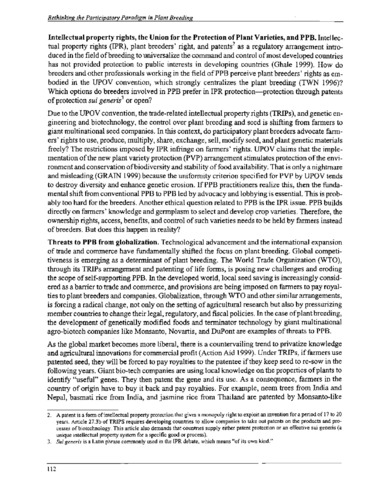Progress in agronomy research in India
Nutritional studies of cassava have shown that in high-P acid laterite soils, there was no response to P application during four years of consecutive cropping. In low-P soil, even though cassava initially responded to 100 kg P2O5/ha, the response gradually declined. The optimum economic dose of P for cassava in acid laterite soil is about 45 kg P2O5/ha. Studies on the NPK requirement of a short duration variety of cassava in a rice-based cropping system, showed that there was a response to the application of 100 kg each of N and K2O/ha, but no significant response to P.
In upland rice fields the sequential cropping of vegetable cowpea and cassava can eliminate the need for FYM application by incorporating the crop residue of vegetable cowpea before planting cassava.
Application of N and K had a significant effect on root yield of short-duration (7 months) lines of cassava, CI-649 and CI-731, up to 75 kg N/ha and 100 kg K2O/ha. Studies conducted by Kerala Agric. Univ. have shown that up to 50% of the KC1 requirement of cassava can be substituted by sodium chloride (NaCl) without any deleterious effect on crop yield. Another study revealed that under partial shade of adult coconut palms (76% PAR), rainfed cassava (cv Sree Visakham) yielded 77 % of that grown in the open.
Transplanting of rooted cassava cuttings, inoculated with the VA-mycorrhizal fungus (VAMF) Glomus microcarpum var. microcarpum, was found to enhance the total dry matter and root yield, besides increasing the concentration of micronutrients like Cu and Zn in the leaves. Mass inoculation with VAMF in farmers' fields by planting rooted infected cuttings showed that 70% of the farmers were convinced that they could obtain a higher yield of roots using this practice.
The present practice of planting cassava is to plant stakes directly in the field with the onset of pre-monsoon rains. In this practice, the uncertainty of rainfall may cause poor establishment. In order to overcome this, cassava stakes are first planted in a nursery at a very close spacing of 4.5 x 4.5 cm so as to accommodate about 500 stakes/m2. Uprooting is easiest when a saw dust media is used in the nursery. Root yield was not affected by the time of uprooting and transplanting in the field between 15 and 25 days, but beyond that age there was a significant reduction in root yield. This technique can be effectively used when short duration varieties are grown under rainfed conditions in areas where rainfall is limited to 4 to 5 months per year. The plants are first raised in a nursery for 25 days and then transplanted in the field with the onset of rains.

